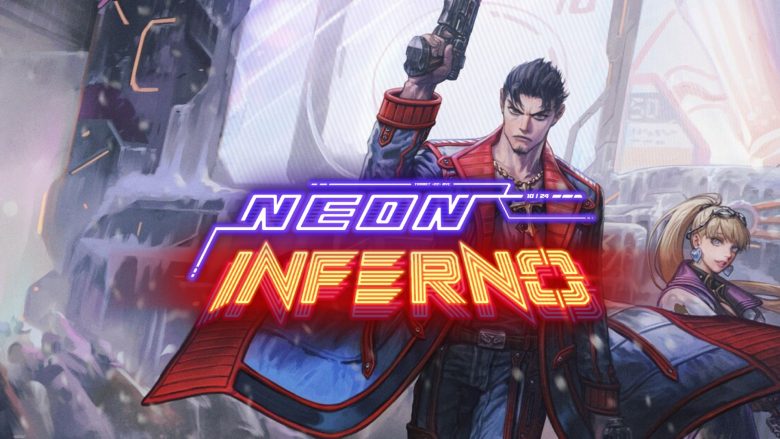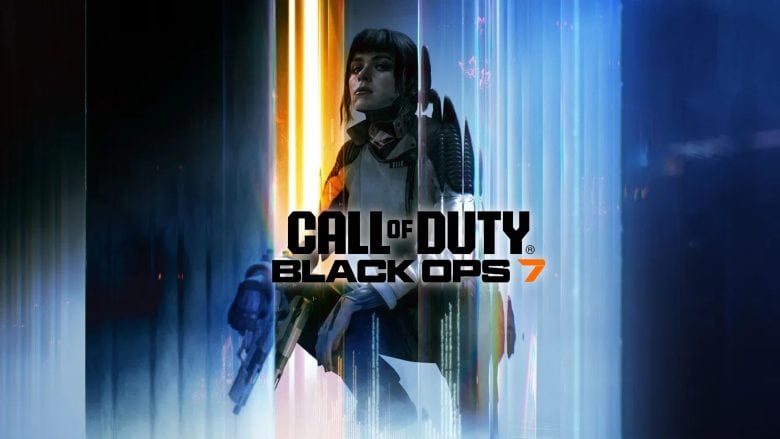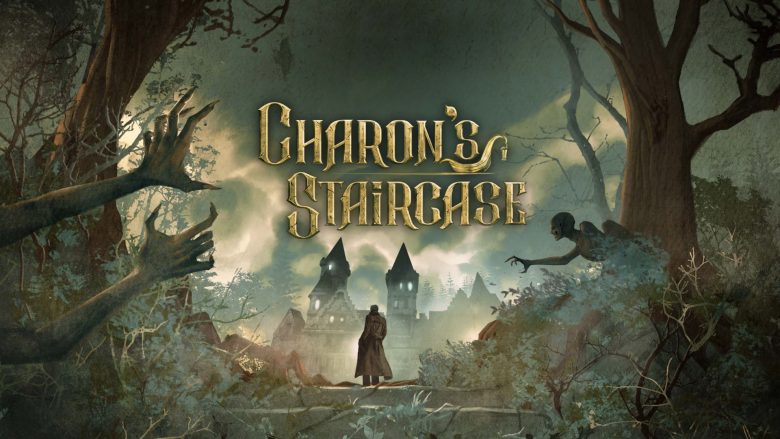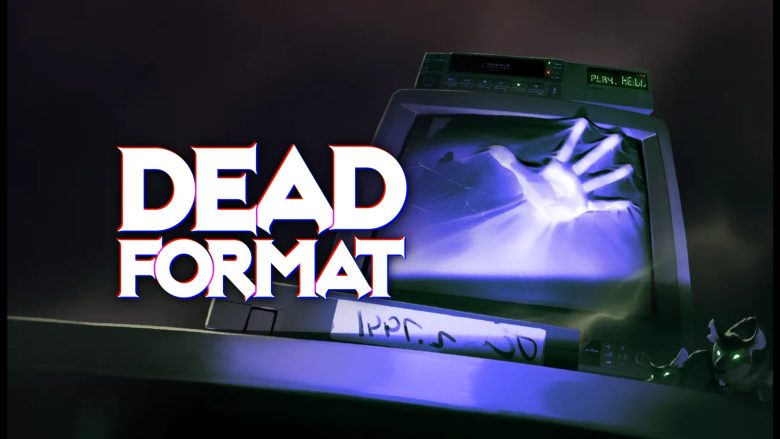DEAD CELLS is one of the pillars of today’s success for roguelite games
As I’ve been writing various articles on Roguelite games these months, I thought you might like an overview of Dead Cells, a new generation roguelite platformer developed by Motion Twin in 2018.
This big boy was a cornerstone in shaping a new take on the genre; as well as one of the first successful indie titles to earn the Roguelite name.
GENRE
Since as far as I know there is still confusion between the two terms Roguelike and Roguelite, let’s start by clarifying the difference between the two. A Roguelike is a video game, usually with ASCII graphics, inspired by Rogue, which in turn takes inspiration by D&D. A Roguelike features random level generation, permanent death state (i.e. once the character dies, it’s necessary to make a new one, losing all progress), hardcore gameplay, keyboard controls, turn-based combat, and full access to all game mechanics from the first run.
A Roguelite game, on the other hand, is a game that borrows some of the properties described above, but integrates them with elements not traditionally found within the genre. Such are games like Slay The Spire (deckbuilding mechanics, use of the mouse), Risk of Rain (graphics, system of achievements that unlock more objects, use of the mouse) and Dead Cells itself.
DISSECTION
Now that we have established the meaning of the term, let’s explore the mechanics of Dead Cells and find out how many and which of them are based on the roguelike model, and which ones are exogenous.
For starters, the world of Dead Cells changes from run to run, as if it had a life of its own. Levels, enemies and objects appear in different configurations each time, dictated by a procedural algorithm. Additionally, coins collected during the run are lost upon death, as are equipped items, levels earned, and stat bonuses received. The gameplay is definitely hardcore, especially for beginners, although, being a serious journalist, I won’t compare it to Dark Souls. This kind of professionalism is the reason you read IndieGamesdevel and not Kotaku, gentlemen.
On the other hand, the innovative design choices of the title also stand out: a currency that persists after death, with which it is possible to unlock new contents (weapons and upgrades), the runes, which introduce Metroidvania elements into the gameplay, the keys that open the doors of new biomes, and in general, a number of tricks that make the experience less rigid and offer an indication of the progress made.
GAMEPLAY
Levels, to be procedurally generated, are rather original and not very buggy (this is the power of a good algorithm). The enemies, in themselves quite rigid and predictable, acquire an additional dimension when they are placed inside the various dungeons in different formations. Obviously, bare hands can’t overcome an army of enemies, and the Nameless Prisoner is fortunate to have access to a huge arsenal of improvised weapons.
Our one-eyed John Wick can equip shields, melee and ranged weapons, all of which can gain power through the use of scrolls of the same color. Scrolls are, de facto, instant level ups, which also increase the player’s maximum HP when consumed.
That said, the combat is full of mechanics that synergize with each other in unexpected and original ways: shiled parries, tactical rolls, combos between weapons, crashes to the ground, and various statuses which will helpyour fight stilee come alive. As the pace of play can get frenetic at a moment’s notice in Dead Cells, each fight has the potential to be a dangerous dance with death, and using a build you are comfortable with makes all the difference.
With the right build it is possible to grind a boss into sawdust in a matter of seconds.
Do it. It is an extremely rewarding experience. I suggest a crossbow with multi-shot.
DESIGN
The world of Dead Cells is captivating and colorful, without being childish. Discovering each area will take hours of exploration, but I can assure you that it will all be less than a repetitive grind.
The enemies all have something to offer, and they each give their best in different situations. A high platform, a door, a debuff can completely change the face of a fight, and this increases the longevity and replayability of the title.
Both death mechanics and procedural creation of levels are elegantly integrated into the lore, which despite the game being four years old is still pervaded by mystery.

CONCLUSION
I premise that I haven’t touched the game for a while, but I still liked the idea of writing an article about it because of its role in reviving the roguelike/roguelite genre that is going crazy now in the 2020s.
The strong point of Dead Cells is its ability to give vintage game mechanics a decidedly contemporary look and feel. The design of the timed crates, post-run upgrades, rolls and parries, abilities and attack patterns of the bosses are all clearly recent inspiration, and give a touch of freshness to the game rather than detracting from the main loop.
The difficulty of Dead Cells can be a bit prohibitive, especially for Game Journalists (a funny joke that highlights a troubling state of the industry that maybe we’ll talk about later), but the developers have thought of everything and created the Aspects, which you can use to decrease the brutality of the run.
What bosses are there? How do aspects work? How do you unlock biomes? For these and other questions feel free to consult the Dead Cells Wiki, or directly, purchase the game and find out for yourself.









